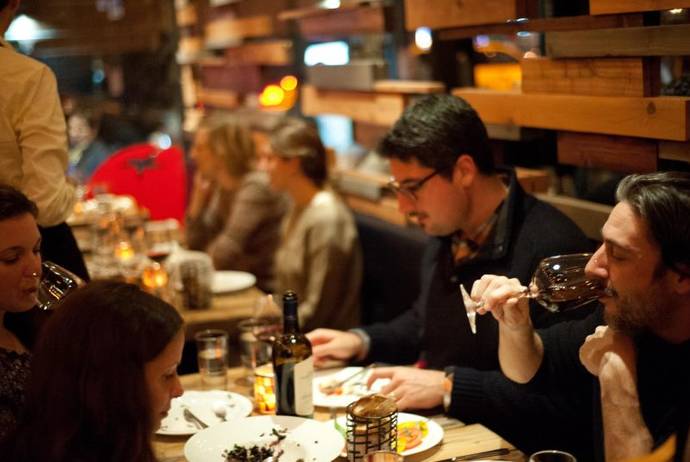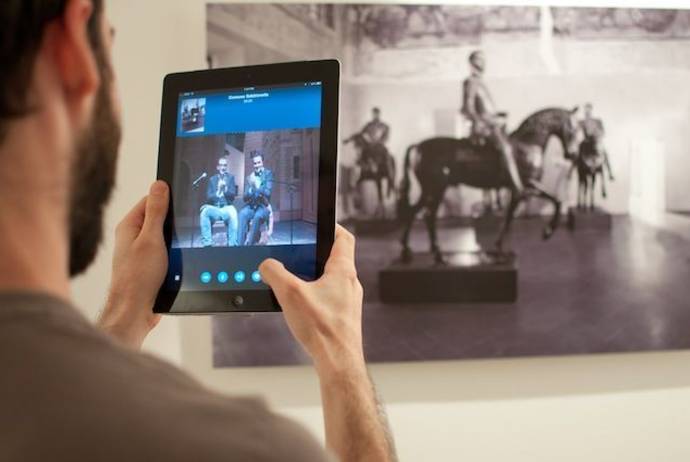MICC is the international contest aimed at the design of the official cover of the graphic novel MEDHELAN - The fabulous story of a land.
The contest opens on 07/21/2014. Deadline for applications is 11/30/2014.
Among all entries, the Jury will shortlist five applicants. After the short list is issued, the Jury will elect the winning cover of MICC unanimously, no later than 03/31/2015. The award ceremony will be held on the same day of the official world premiere of the graphic novel within the palimpsest of "Expo in the City" in the month of June 2015.
MILAN - "Medhelan" was Milan's original Celtic name and it meant "sacred city." Its story began 2.500 years ago and few people know it well, but it will live again with compelling and immediate style in a 208 page graphic novel titled MEDHELAN - The fabulous story of a land.
From the foundation by the Celts to the Roman conquest; from the Barbarian invasions to the struggle for the Duchy; from the flagellum of the plague to the industrial age; from the two World Wars to the post-industrial age, when, at the end of the 60's of the last century, the ambitious and revolutionary project to create an urban park was launched, intended as an action to recover the biodiversity that the land had always possessed and lost over the millennia.
In addition to the human characters of factual history (past and present), the events are narrated by animals and plants of the region, which find their natural habitat in the forest. A story told from several points of view: that of man, who creates and destroys, and that of nature, a witness to the historical changes which occurred at various times in history and guardian of a mysterious power that extends well beyond the boundaries of our ordinary perceptions.
The narrative perspective is therefore that of the Great Forest of the Po Valley, the natural environment which has characterized Milan and its inhabitants for 2.500 years and of which Parco Nord Milano, (producer of the work) is now the renewed fragment and a shining example of how to "feed the planet" (one of the two themes of Expo 2015).
Medhelan is an editorial work of great scope, created and written by Silvio Da Rù and illustrated by Beniamino Delvecchio, to be published in June 2015 by Star Comics Publishing and translated into 5 languages (English, French, German, Spanish and Portuguese) in an e-book format. The project includes an initiative of great interest: the MEDHELAN International Cover Contest (MICC), which is an international competition open to artists from all over the world aimed at the design of the official work's cover.
We spoke with Silvio Da Rù, author of the graphic novel's script and executive producer of the editorial project.
How did the idea of creating a graphic novel about the history of Milan from the nature's point of view come about, as the Lombard metropolis is certainly not famous for its green areas and its livability?
SD: There were three major factors that led to the conception of this project: my personal passion for comics, the discovery of the unique and fascinating history of Parco Nord Milano, and finally the Expo, with particular reference to its theme "feeding the planet." I thought it would be interesting to tell, through such an immediate art form, the history of the city that will host the Universal Exhibition, from the point of view of one of its two themes.
What do you mean exactly by saying the narrative point of view is "feeding the planet"?
SD: Few people know that behind the concept of Parco Nord Milano there is something different from the "simple" realization of an urban park. And it is this "something different" that in my opinion was important to make known, because it is not just about the story of a place or a local community, it is about bringing to light the universal value behind this periurban masterpiece, and popularize it.
Isn't it ambitious to recount 2.500 years of history in 208 pages?
SD: This is the reason why it was essential to find a narrative cut that would have made the whole operation possible. Through a philological cut, hundred books of a hundred pages each would have never been enough to tell the story of the Lombard city. However the historical truth suggested the solution: putting the Great Forest that characterized Milan and the surroundings for more than two millennia at the core of the tale, and from there, looking at the events and civilizations in the same way a viewer would watch a movie.
What kind of research have you done to collect such a vast and heterogeneous material? How did you develop the story?
SD: Alongside classical historical research, the collaboration with Parco Nord Milano was very important, especially Dr. Tomaso Colombo, who contributed to the draft of the subject, and the supervision of the Director, Dr. Riccardo Gini. The intent was to create a fantasy work without changing the historical and scientific keystones that the topic requires.
What was the reason for choosing Beniamino Delvecchio as illustrator?
SD: I've known Beniamino for a few years now and I truly believe he possesses the utmost professional and human qualities to start a long and complex collaboration such as a graphic novel. Beniamino is a great illustrator, skilled in all the comics' working processes, and he's endowed with two extremely rare qualities: the ability to materialize visions, centering the poetics and the atmosphere required, and the flexibility and willingness to change his creations for the purpose of the work.
The prestigious Star Comics publishing house for the Italian print edition, the e-book version translated into five languages, the distribution in bookstores, comics shops and online platforms. The newspaper Il Giorno as media partner for the distribution in the newsstands. Publication is scheduled for June 2015 with a world premiere presentation within the palimpsest of the Expo 2015. Would you please talk about this aspect of the operation?
SD: I can't for the moment, but I confirm all this data as part of the media and production design. Many details are being defined and will be perfected in the coming months. I can only add that the translation of the e-book version in five languages has been possible thanks to the agreement between Parco Nord Milano and Fondazione Milano Lingue: a golden opportunity of disclosure for graphic novel's lovers who will not be able to visit the Expo.
The international flavor is certainly a distinctive character of the project, and starts already this year with the opening of the MEDHELAN International Cover Contest (MICC), to award the most significant cover that will become the official graphic novel's cover. How was this idea born?
SD: The MICC was created to give a real chance of visibility to those who have talent as designers, offering a rare opportunity to be evaluated for their ability and nothing else. Medhelan is an universal journey that travels through a particular story, narrated in the powerful language of the graphic novel. The uniqueness of the context offered by Expo in Milan did the rest, therefore the most challenging question has become: how would people belonging to different cultures see and interpret Milan and its history through the force of an illustration? MICC is the answer.
For those who are interested in participating in the MICC, where do they find more information?
SD: The official website is www.medhelangraphicnovel.it The website is in Italian and English. The Notice and the Entry Form can be downloaded in the languages of the graphic novel: Italian, English, French, German, Spanish and Portuguese. The Notice contains all the information to participate in the Contest, which opens on July 21st. Deadline for applications is November 30th 2014. Participation is open to all artists, painters and graphic designers, professionals and non-professionals of both genders, residing in any part of the world. The winner will be the cover proposal able to interpret in the most original, compelling and ingenious way the themes proposed in the Notice. I wish good luck to all those who will decide to take part in this "fabulous" opportunity to tell the amazing story of a land!
Info, Notice and Entry Form available on the official website >>>
and facebook page >>>





































